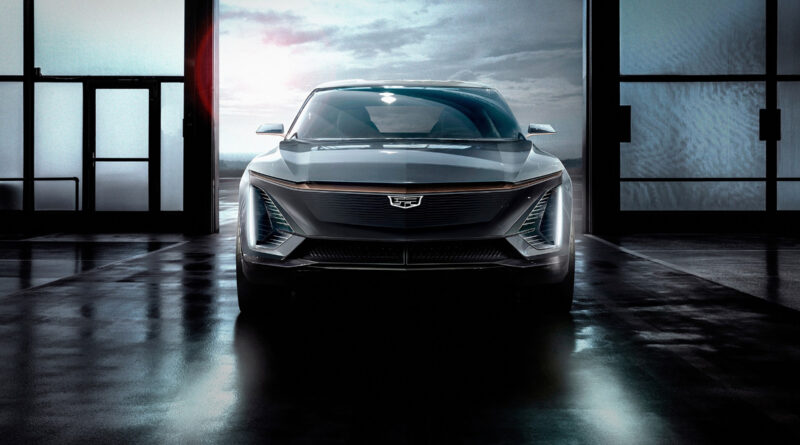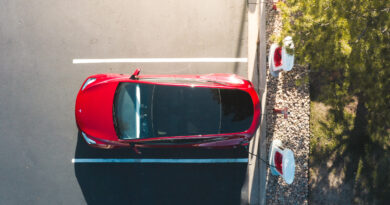From Holden to Hummer: GM’s electric transformation
Big-selling Holdens were once the domain of General Motors in Australia, but it could one day be electric cars from Hummer and Cadillac on offer here from the US auto giant.
GM killed off Holden earlier this year. It was a financial distraction in an era when GM’s been pouring billions into the development of dozens of electric vehicles.
GM has big things planned for future EVs, including:
- 650km all-electric Chevrolet Silverado pick-up truck
- 750kW Hummer EV truck
- Hummer all-electric SUV
- Cadillac all-electric family SUV and three-row large SUV
- Cadillac “attainable luxury” all-electric compact SUV
- Rolls-Royce-esque Cadillac electric limousine
While it’s arguably late to the EV party, General Motors plans to make a big electric splash over the next few years, including reviving the military-inspired Hummer brand.
The company known for V8-powered Corvettes and hulking Chevrolet pickup trucks is now spending more developing electric vehicles than it does on the regular petrol and diesel machines that make up the vast bulk of the giant’s falling sales.

In its 2019 Sustainability Report, GM confirmed it was spending more money on EV development than for any other vehicles.
“About 60 percent of the work at our Technical Center is focused on EV development compared with about 20 percent three years ago,” the report stated, adding that GM had filed some 3000 patents on technology related to electrification.
GM transitioning to all-electric … eventually
GM is planning 20 new electric vehicles by 2023, with Hummer and Cadillac an important part of that growth. The company has plans for more models beyond that, too.
It’s pure EVs that are the growth market for GM. Of its 14 electrified models, hybrids and plug-in hybrids account for one one-fifth of sales, with EVs continuing to grow and the clear focus for the company.
However, in 2019 GM sold only 141,393 electrified vehicles, making it a minnow in the EV world; in the same period fledgling brand Tesla produced 367,500 cars, all of them pure EVs.
“GM wants to put everyone in an electric vehicle (EV), and we have what it takes to do so,” the company said in its Sustainability Report.
650km Silverado EV pick-up truck
One of the most anticipated EVs is an all-electric version of the Chevrolet Silverado pick-up, a popular large truck but one well behind the market leading Ford F150 in the sales race.

GM has been talking of the Silverado EV since 2019 but has now confirmed it will have more than 400 miles of electric range, or upwards of 650km.
So expect it to have a huge battery pack, likely the maximum 200kWh GM has planned for its various EVs in the medium term.
Even then, the range is likely to suffer enormously once load lugging and towing enter the electric Silverado equation, something owners of big pick-ups do plenty of in the US.
It’s unknown whether the Silverado BET – or battery electric truck – will make it to Australia.
Through its General Motors Specialty Vehicles department – run by the team that ran Holden Special Vehicles – the Silverado V8 models are converted from left- to right-hand drive. They sell in the small-but-growing large pick-up truck market in Australia.
GM has also previously flagged its interest in hydrogen fuel cell vehicles with the Colorado ZH2 concept of 2016.
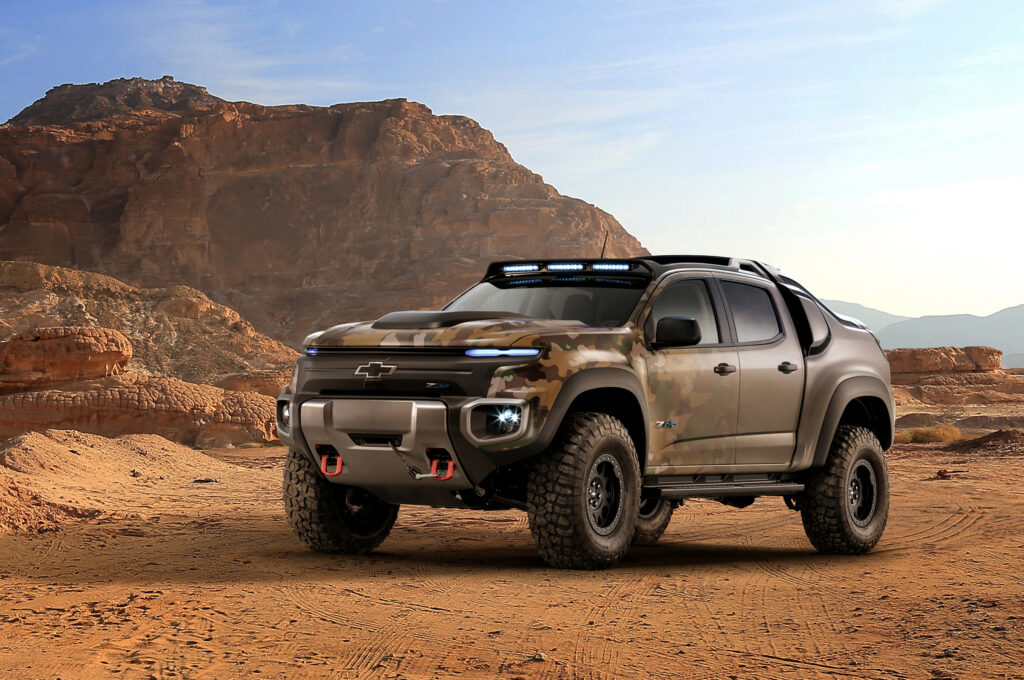
Tested by the US Military in 2017, the modified military machine was built on the stretched architecture of the American Chevrolet Colorado.
In 2018 the US Army said it was impressed with the hydrogen technology and its potential for field use.
Hydrogen fuel cells are considered viable technology for heavy duty zero emissions applications, such as trucking and towing.
Hummer to return
It was once the toughest brand on four wheels, inspired by the mighty military machines that braved battlefields around the world.
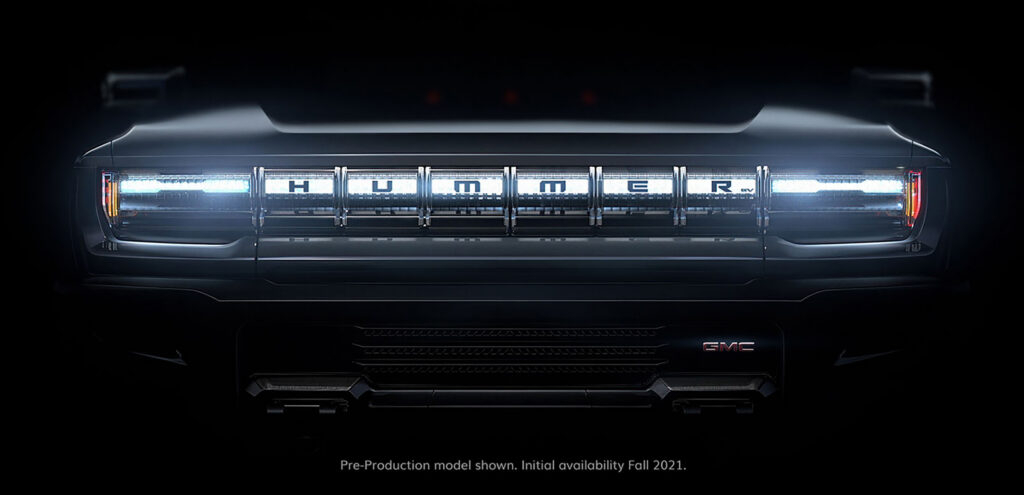
Then GM got greedy and tried smaller, softer versions that were little more than restyled Chevrolets.
The Hummer muscle had been diluted and GM killed the brand when it filed for bankruptcy in 2009.
Now GM has announced it is bringing Hummer back, albeit as a model line rather than its own brand.
To be called the GMC Hummer, there will initially be two EVs, including a large pickup truck with 1000 horsepower, or around 750kW. That’s about double the power of a punchy V8.
It’s also claimed to hit 60mph (96km/h) in three seconds, making it an obvious rival to the upcoming Tesla Cybertruck, Rivian R1T, Lordstown Endurance and Nikola Badger – as well as Ford’s planned electric F150 truck. It could also include the ambitious H2X ute, planned for Australia.
GM is also planning an electric Hummer large SUV, which the company says “builds off the GMC Hummer EV truck but will be configured as an off-road-capable SUV”.
The Hummer SUV will feature a new Open Air roof system, with removable panels.

Hummer was sold in Australia from 2007 to 2009 and just 2370 were sold during its short tenure.
Whether GM would try Hummer in Australia again is not known, although it surely wouldn’t be on the radar in the short term; GM and Holden’s efforts are currently focused on legal fights with its dealers over compensation for shutting down the brand and establishing the service network it has promised to care for Holdens until at least 2030.
Green Cadillacs
Underperforming luxury stalwart Cadillac – which has been swamped by Tesla and struggled against German luxury brands – is planning an EV onslaught as part of a brand rebirth.
First up is the Lyriq SUV, due to be unveiled on August 6.
The Lyriq is a family crossover wagon that will later be joined by a large three-row luxury SUV and a compact SUV with “attainable luxury”.
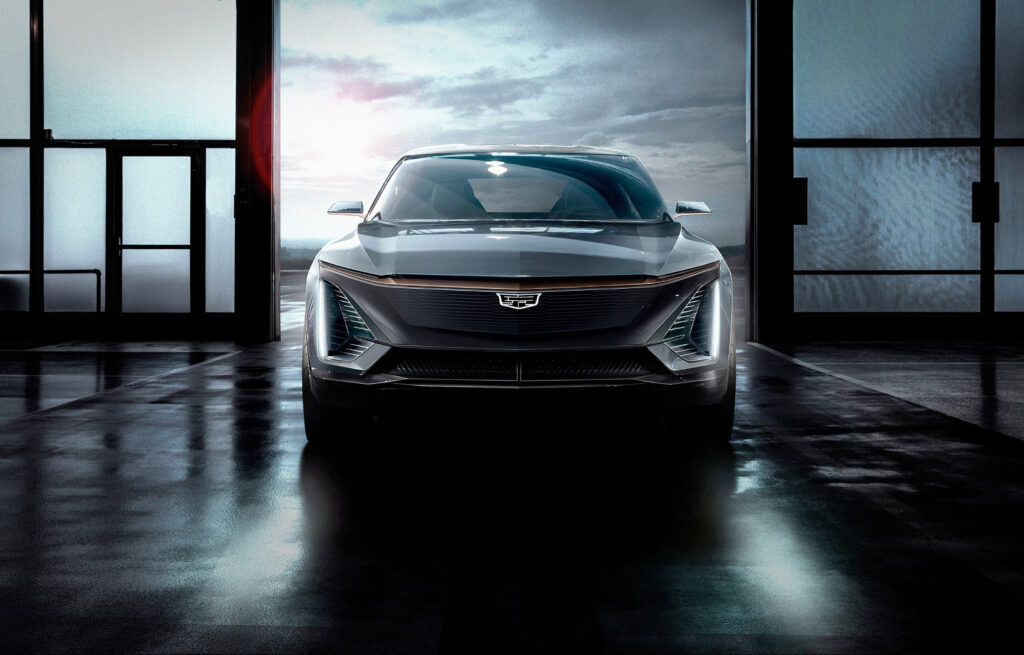
There will also be an electric alternative to the Cadillac Escalade, a car popular with rappers, celebrities and one that makes plenty of appearances in Hollywood blockbusters.
The boldest planned Cadillac EV is the Celestiq Statement Vehicle, an uber-luxury limousine with Rolls-Royce like hand crafting and build volumes; Cadillac says it will only produce around 400 per year.
Through Holden, GM previously tried to launch Cadillac in Australia, something that was abandoned at the 11th hour.
It has never officially given up on bringing Cadillac to Australia, although putting the knife into the Holden brand appears to have taken it off the table in the medium term.
Holden didn’t return our call when contacted.
While nothing is likely before 2023, it seems GM is keen to take Cadillac well beyond its North American heartland, confirming the Lyriq would “meet the needs of customers around the world”.
Former Holden boss and current GM president Mark Reuss has previously said he believes the electric revolution will “change what people think about Cadillac and bring Cadillac back”.
Many would argue it needs to, because Cadillac’s reputation has relied on old stereotypes rather than the innovation the brand was once known for.
Electricity simplified
Key to the EV push is a new electric architecture designed to simplify engineering and manufacturing.
Instead of 555 combinations across its various models and brands today – for decades GM allowed different brands and models to proliferate independently rather than share – GM says the new architecture will include 19 “battery and drive unit configurations”.
That will include battery capacities from as small as 50kWh to as much as 200kWh, the latter presumably for those large Hummer and Cadillac pickup trucks and SUVs.
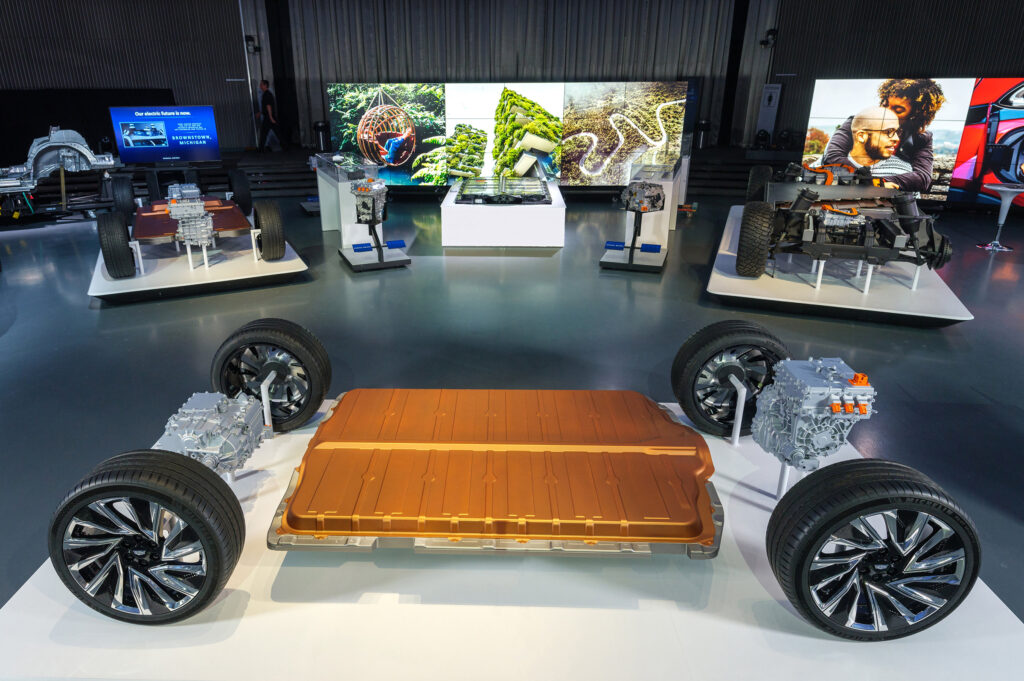
The architecture will allow for front- and rear-wheel drive as well as all-wheel drive configurations.
GM’s in-house developed pouch battery cells are claimed to be lighter and more flexible than the cylindrical cells in other EVs, allowing for vertical or horizontal stacking.
GM says one advantage is being able to create a flatter floor, thereby maximising interior space and overall vehicle design.
New battery tech more affordable
GM has spent billions on battery development and an impressive research and development facility in Detroit.
That has resulted in upcoming battery tech that GM brands as Ultium.
Claimed to have less cobalt (an expensive metal used in lithium-ion battery production), the Ultium batteries are more affordable to produce.
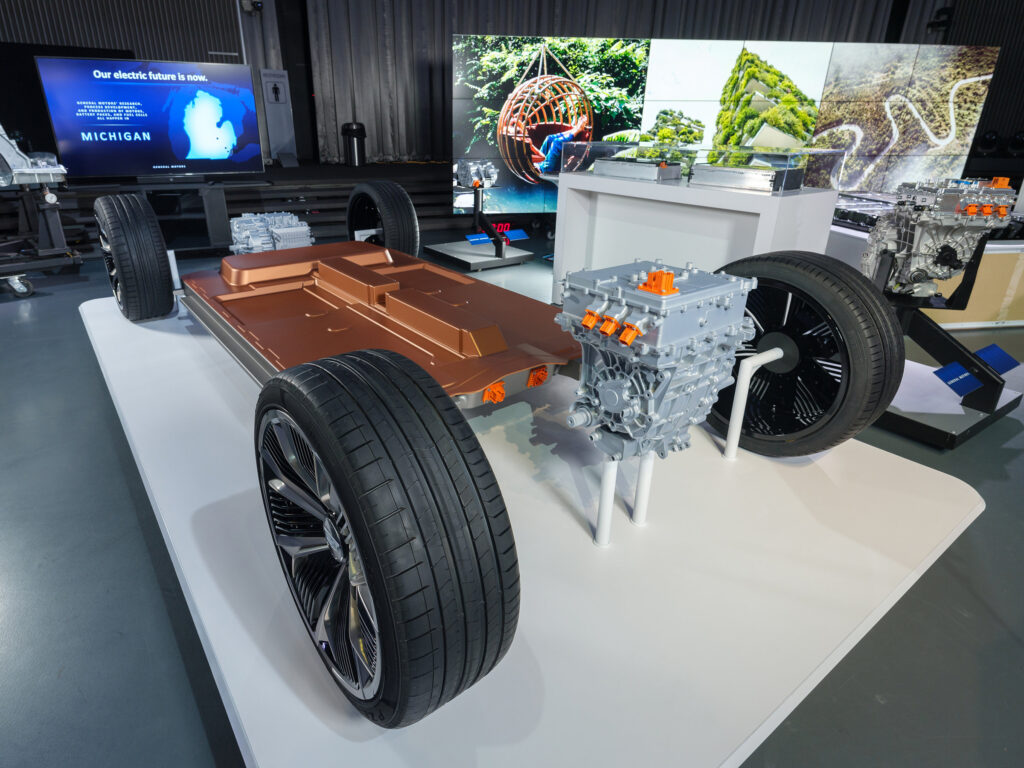
GM says the Ultium batteries will cost less than US$100 per kilowatt-hour of capacity, about one-third less than current lithium-ion battery costs.
GM says it is working on batteries with no nickel or cobalt for even lower battery costs.
Don’t hold out for an appearance in Australia in the near-future, though.
GM has not yet registered the Ultium name in Australia, which may be a solid indicator there are no immediate plans for GM’s EVs Down Under.
Electric muscle cars
Despite the serious business of making electric cars – and making money out of them, which is the challenge for all EV manufacturers – GM has also found way to have fun on the electrified journey.
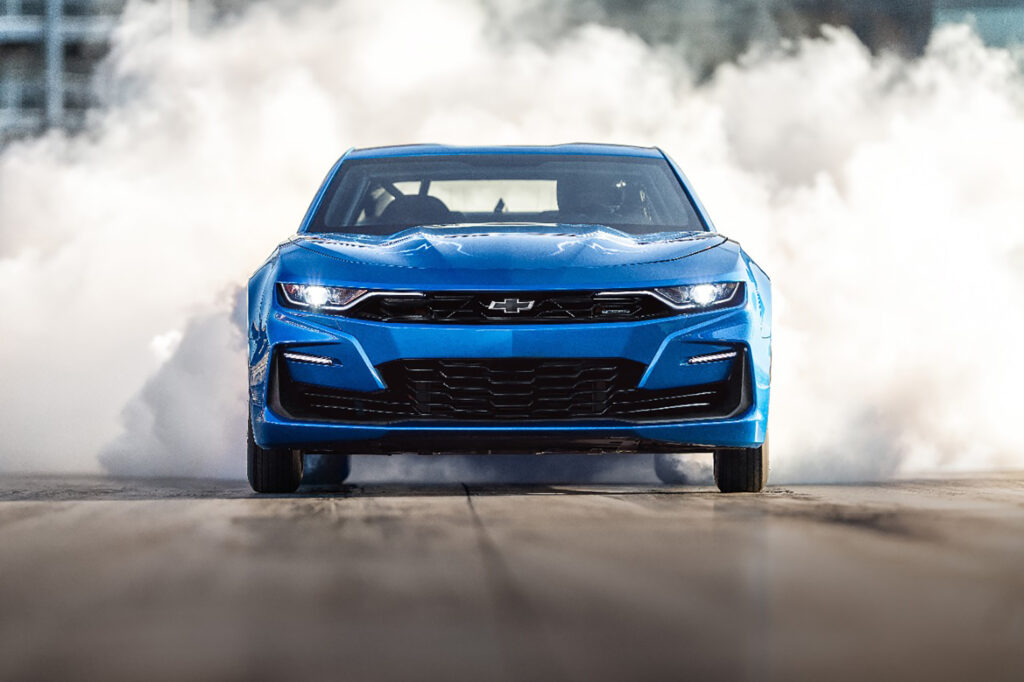
Its Chevrolet eCOPO Camaro electric drag car is capable of nine-second quarter mile times, making it one serious brisk EV.
The eCOPO Camaro can do wheel stands on its back wheels and make some serious tyre smoke.
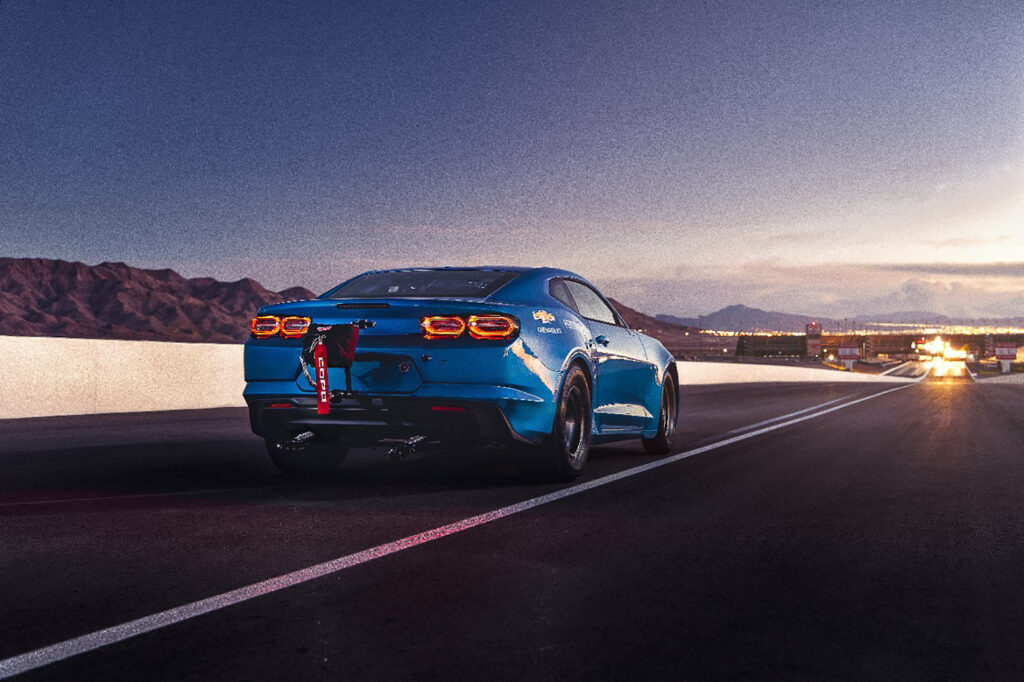
The one-off electric Camaro also has a serious side: it featured an 800V electrical system, double the voltage used in other GM EVs.

